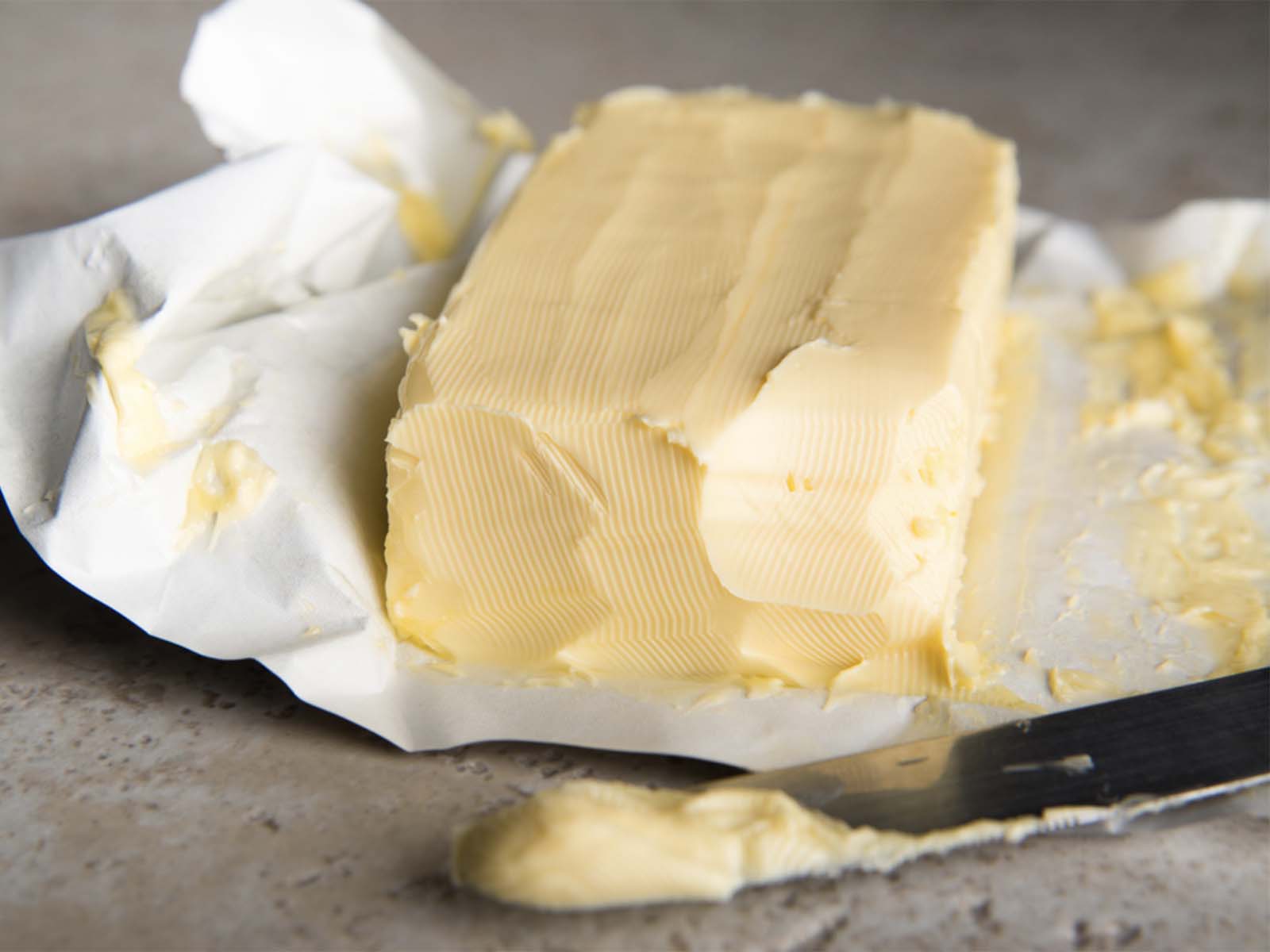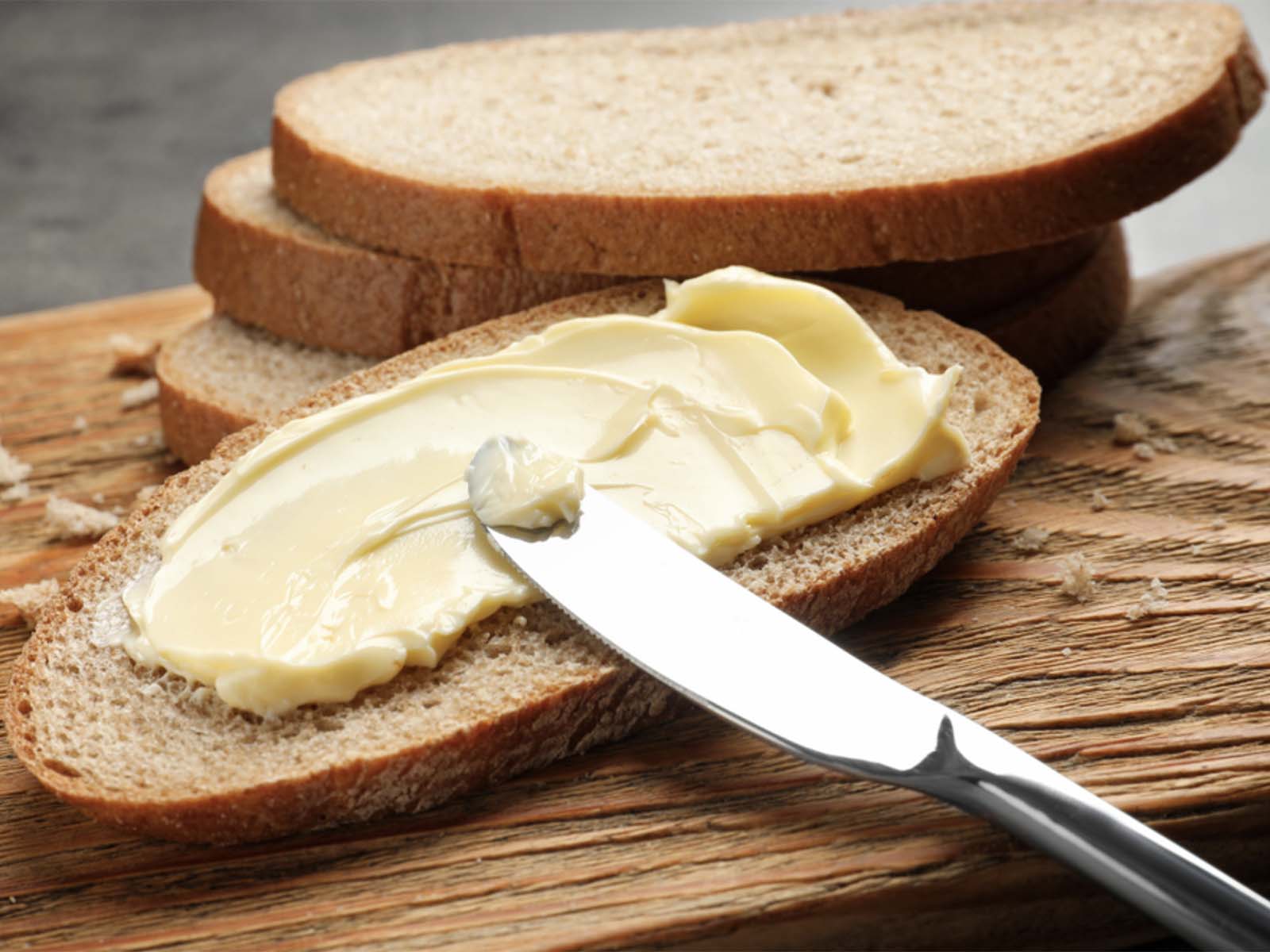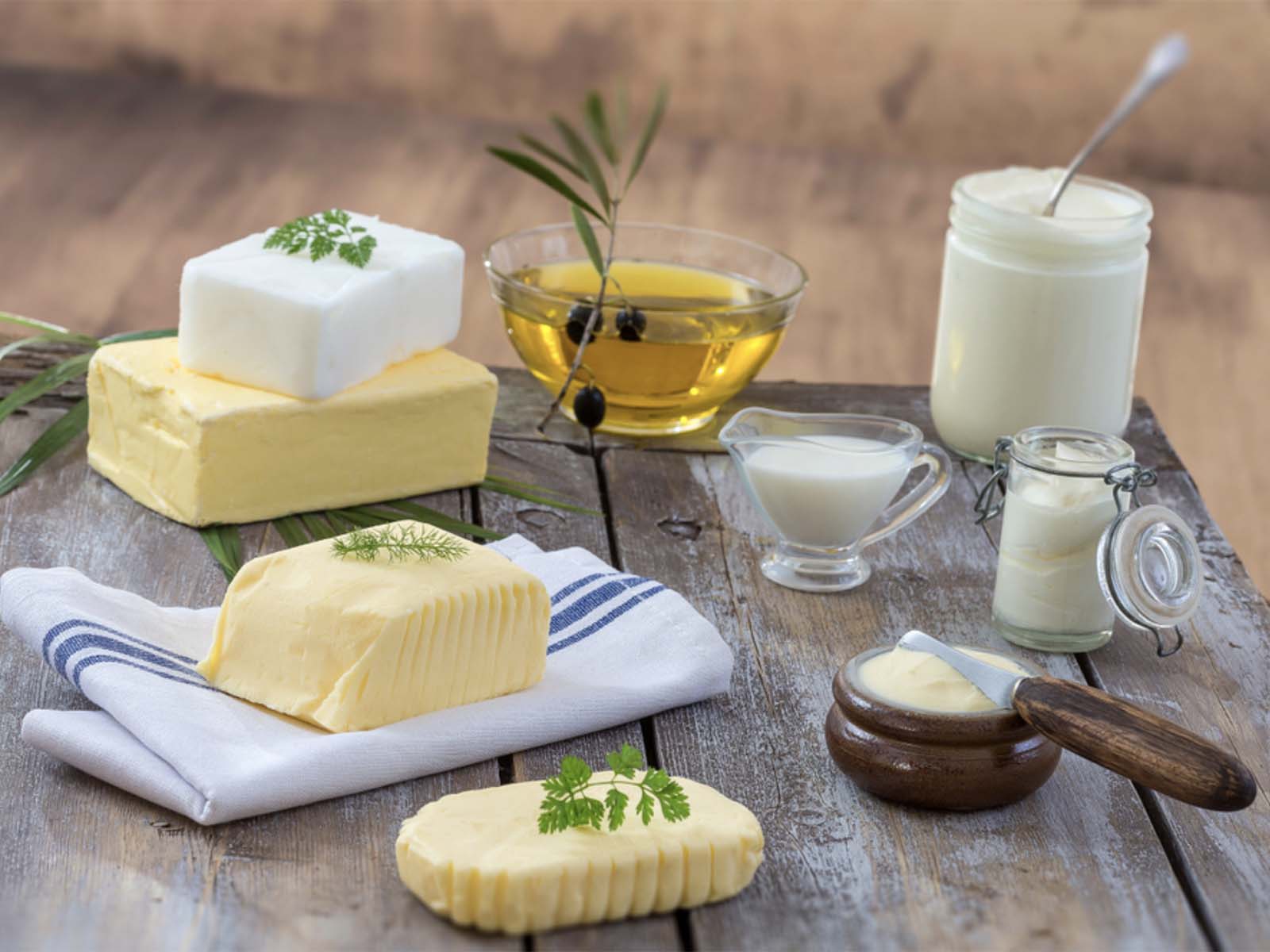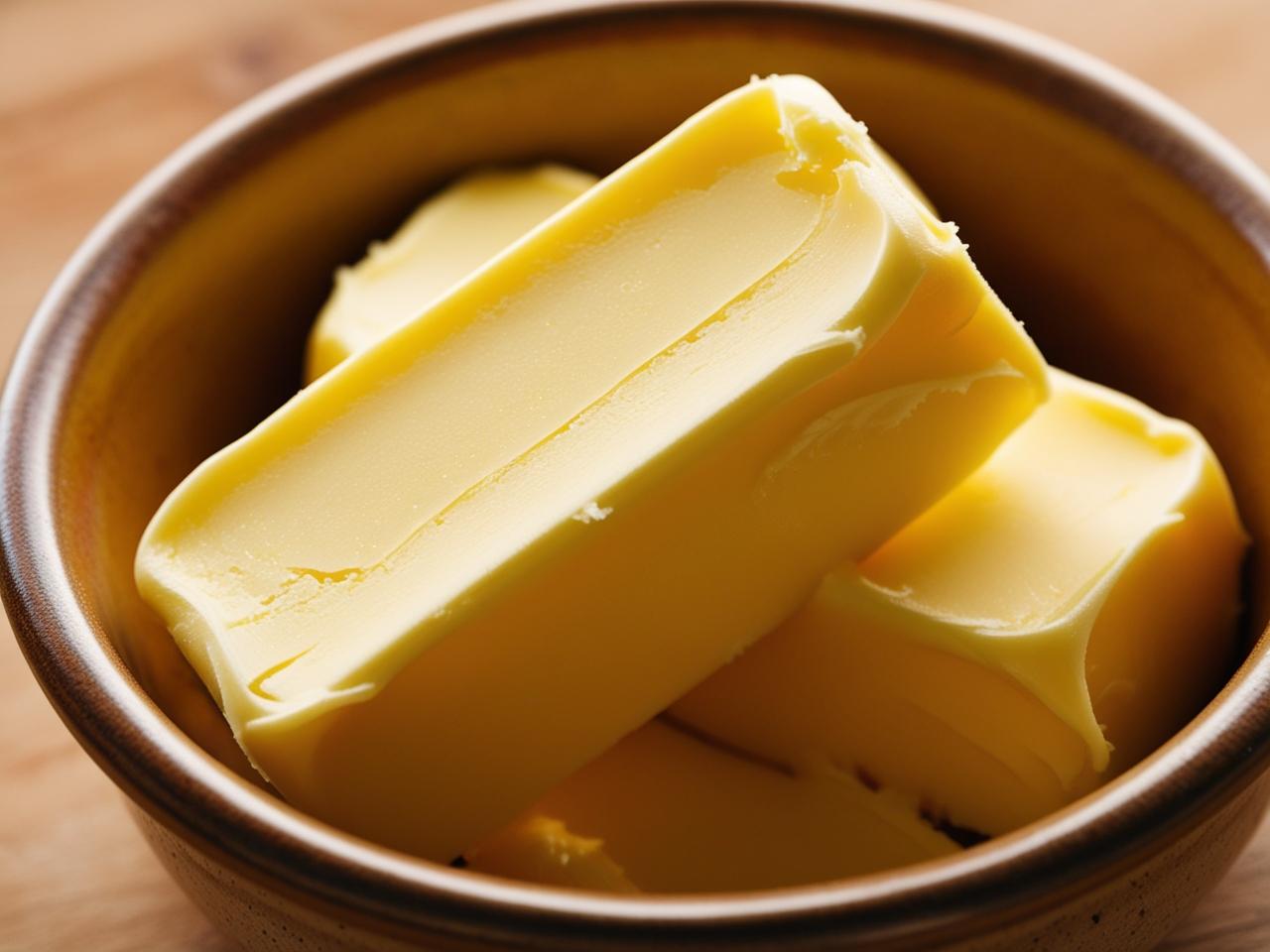Butter is a common component in many cuisines and can enhance the flavor of your meals. It often needs to be softened before being used in cooking or baking. But do you know how to soften butter? In the future article, you'll learn the Spice Kitchen & Bar approach!
Ways to Soften Butter: 9 Methods
- Method 1: Use room temperature.
- Method 2: Cut the butter into cubes.
- Method 3: Use a steaming cup.
- Method 4: Use the microwave steaming.
- Method 5: Use a lukewarm water bag.
- Method 6: Pound the butter.
- Method 7: Grate the butter.
- Method 8: Use a stand mixer.
- Method 9: Use the actual microwave.
Butter softener tip: These flavored butters are also an excellent way to use butter that has become overly soft after attempting to soften it in the microwave but failing to follow our defrost setting instructions.

1. Use room temperature
Soften the butter at room temperature for the greatest results with minimal effort. However, it takes the longest, so planning is required. The time varies depending on the room's atmosphere. I normally take a stick or two out of the fridge in the morning. There is no major difference between wrapped and unwrapped butter.
- Preparation time: 1 minute.
- Softening time: 1 to 2 hours.
2. Cut the butter into cubes
To soften the butter faster, cut it into small cubes. To achieve speedier results, cut them into ½ inch or smaller pieces. This procedure elevates the temperature by around 5 to 10 degrees. Leave it on the counter until the appropriate temperature is achieved.
- Preparation time: 5 minutes.
- Softening time: 5 to 15 minutes.
3. Use a steaming cup
Pour hot water from a glass or porcelain mug. Place the cup on an uncovered stick. The wet atmosphere will react to the imprisoned butter, but after 5 minutes, the temperature quickly drops, and the butter loses its capacity to soften. The interior of the butter will be firmer than the exterior. Open the packet and set it on the counter, or cut it into cubes to speed things up.
- Preparation time: 10 minutes.
- Softening time: 5 to 8 minutes.
4. Use the microwave steaming
This is a quick and mild approach. Place some water in the microwave to produce a warm, steamy environment. Then change it out for a dish of sliced avocado. Residual heat and moisture warm the slice. I discovered that after boiling the water, the intimate area will be around 79 degrees. The butter will be ready to use in 10 minutes.
- Preparation time: 5 minutes.
- Softening time: 10 minutes.

5. Use a lukewarm water bag
Using warm water may feel cool, but the temperature difference between the chilled slices of butter and the liquid at 80 degrees will swiftly soften the butter without melting it. This does not work for clubs since the edges soften rapidly while the middle remains hard, taking longer and risking becoming too soft.
- Preparation time: 5 minutes.
- Softening time: 4 minutes.
6. Pound the butter
It's time to be aggressive! Beat a piece of butter in the center of the parchment or wax paper until it is very thin. Friction generates heat, and the larger surface area allows it to soften faster. Once flattened, the temperature will be around 59ºF (15ºC). Allow 5 minutes at room temperature to reach 65ºF (18ºC). This process is quick and simple, resulting in a constant texture and temperature throughout.
- Preparation time: 5 minutes.
- Softening time: 5 minutes.
7. Grate the butter
Grate the butter with a hand blender or box mill until it has the biggest pore size. Wrap paper around the butter to keep it secure and avoid touching the sharp holes with your fingers. It will reach room temperature pretty soon. This is perfect for producing quick breads with a spongy texture, such as buttermilk cookies or scones.
- Preparation time: 5 minutes.
- Softening time: 2 to 3 minutes.
8. Use a stand mixer
This method is particularly useful if you already have some softened butter on hand to beat the cream and sugar together. Simply chop the butter into even pieces. I cut one bar into eight slices. Mix on medium-low speed until it achieves the required softness. The contact between the stirrer and the bowl warms the fat. The good news is that it's already in the bowl for the next stage of your baking.
- Preparation time: 2 minutes.
- Softening time: 4 minutes.
9. Use the actual microwave
This method is the most difficult but also the fastest. To ensure an evenly soft cake, use medium power and flip the stick every 5 seconds. I found it takes approximately 30 to 35 seconds to reach 65 to 67 degrees.
This guarantees that the microwave radiation is delivered uniformly throughout the solid fat rather than only on one side. This approach is perfect for recipes that require a considerable amount of butter. Some microwave ovens include a butter softening feature.
- Preparation time: 2 minutes.
- Softening time: 20 to 35 seconds.

Why Should We Soften Butter?
Let's talk about why you actually need soft butter for this recipe. Most recipes call for room temperature or soft butter. And there is actual science behind this particular consistency. Creaming is the process by which butter, a solid fat, captures air.
During baking, the trapped air expands owing to heat, resulting in a fluffy muffin. Furthermore, because the ingredients at room temperature are warmer, they join together much more quickly, resulting in a dough with an even and seamless texture. Fine dough with trapped air yields a baked product with a consistent texture and flavor. The chilly ingredients don't emulsify together. This produces lumpy icing, chewy cheesecakes, thick cakes, flatbreads, and oily muffins.
If a recipe specifies room-temperature butter, use that. It is the first rule of all baking tips. Otherwise, it will be unable to produce good cream with sugar.
Use Softened Butter in Cooking
Soft butter is not only fantastic for baking, but it can also be blended with various flavors to make mixed butter or thick butter, as shown in this lavender butter recipe for later. Try this herb, honey, and garlic butter (shown above), or experiment with your own combination.
To soften the butter, keep it below room temperature (65ºF to 67ºF/18ºC to 19ºC). This range permits the needle-shaped elemental beta-fat crystals to become solid while remaining flexible. When blended, the softened fat traps air pockets, causing cookies, cakes, and icing to seem pale rather than thick.
Store Softened Butter
Butter melts at temperatures ranging from 82ºF to 97ºF (28ºC to 26ºC), transitioning from solid to liquid state. It's recommended not to refrigerate entirely melted butter because it loses its fat crystal qualities, which affects the texture of the pies. However, if it becomes too heated, you have a few options.
Place sticks or chunks in the refrigerator and check every minute until they reach room temperature. Freezers are equally effective but require more frequent checks because of the lower temperature of 0ºF (-18ºC) compared to 40ºF (4.4ºC). Place the slices in a bowl with a few ice cubes and gently stir until hard. If required, use a paper towel to dry the surface.
Final Words
Each technique of softening butter has advantages and cons, so be sure to read the instructions carefully before deciding. Hopefully, after reading this post, you will know how to properly soften butter. We still have a lot of articles about practical and interesting culinary experiences; read on if you're interested!
